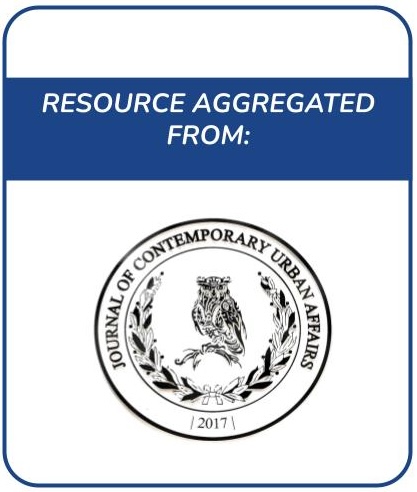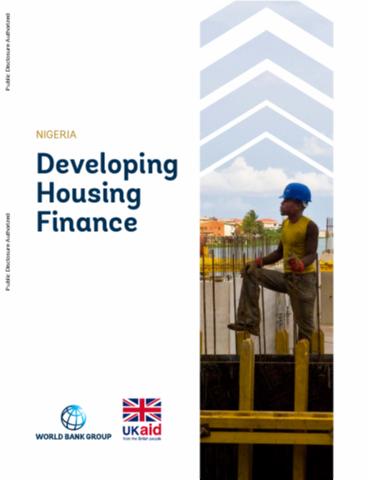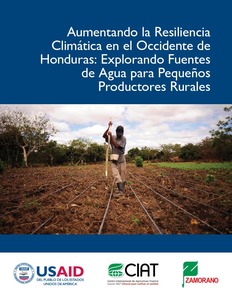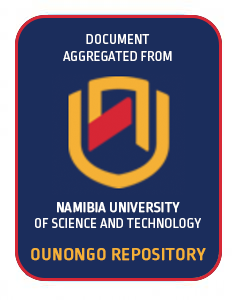Gender, authority and the politics of land in Lesotho
This DPhil dissertation explores the logic, methods, and outcomes of a U.S. government- sponsored land reform in Lesotho, Southern Africa. The reform was part of a $363 million grant from the Millennium Challenge Corporation to the Kingdom of Lesotho that funded a sweeping change. Instead of local chiefs administering and allocating land, the power shifted to bureaucrats and landholders, who received leasehold titles to their land.







